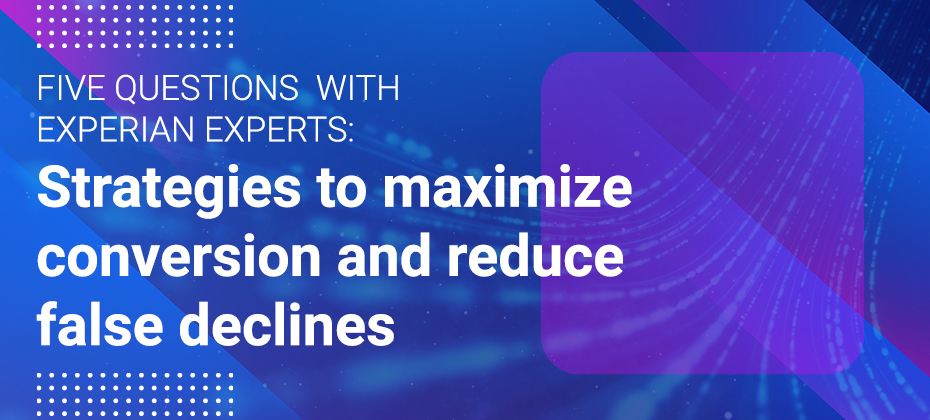 Have you heard about the mischievous ghosts haunting our educational institutions? No, I am not talking about Casper’s misfit pals. These are the infamous ghost students! They are not here for a spooky study session, oh no! They are cunning fraudsters lurking in the shadows, pretending to be students who never attend classes. It is taking ghosting to a whole new level.
Have you heard about the mischievous ghosts haunting our educational institutions? No, I am not talking about Casper’s misfit pals. These are the infamous ghost students! They are not here for a spooky study session, oh no! They are cunning fraudsters lurking in the shadows, pretending to be students who never attend classes. It is taking ghosting to a whole new level.
Understanding ghost student fraud
Ghost student fraud is a serious and alarming issue in the educational sector. The rise of online classes due to the pandemic has made it easier for fraudsters to exploit application systems and steal government aid meant for genuine students. Community colleges have become primary targets due to slower adoption of cybersecurity defenses.
It is concerning to hear that a considerable number of applications, such as in California (where Social Security numbers are not required at enrollment), are fictitious, with potential losses in financial aid meant for students in need. The use of stolen or synthetic identities in creating bot-powered applications further exacerbates the problem. The consequences of enrollment fraud can have a profound impact on institutions and students.
The recent indictment of individuals involved in enrollment fraud, where identities were stolen to receive federal student loans, highlights the severity of the issue. Unfortunately, the lack of awareness and inadequate identity document verification processes in many institutions make it difficult to fully grasp the extent of the problem.
What is a ghost student?
Scammers use different methods to commit ghost student loan fraud, including creating fake schools or enrolling in real colleges. Some fraudsters use deceitful tactics to obtain the real identities of students, and then they use it to fabricate loan applications. Types of ghost loan fraud, include:
- Fake loan offers: Fraudsters contact students via various channels, claiming to offer exclusive student loan opportunities with attractive terms and low interest rates. They often request personal and financial information including their SSN and bank account information and use it to create ghost loans.
- Identity theft: Threat actors will steal personal info through data breaches or phishing. They will then forge loan applications using the victim’s identity.
- Targeting vulnerable individuals: Ghost student loan fraud tends to prey on those already burdened by debt. Scammers may target borrowers with poor credit history, promising loan forgiveness or debt consolidation plans in exchange for a fee. Once the victim pays, the fraudsters disappear.
Ultimately, addressing ghost student fraud requires a multi-faceted approach involving collaboration between educational institutions, government agencies, and law enforcement to safeguard the accessibility and integrity of education for all deserving students.
Safeguarding the financial integrity of educational institutions
One powerful weapon in the battle against ghost student fraudsters is the implementation of robust identity verification solutions. Financial institutions, online marketplaces, and government entities have long employed such tools to verify the authenticity of individuals, and their application in the educational domain can be highly effective. By leveraging these tools, institutions can swiftly and securely carry out synthetic fraud detection and confirm the identity of applicants by cross-referencing multiple credible sources of information. For instance, government-issued IDs can be verified against real-time selfies, email addresses can be screened against reliable databases, and personally identifiable information (PII) can be compared to third-party dark web data to detect compromised identities. Clinching evidence from various sources renders it nearly impossible for fraudsters to slip past the watchful eyes of enrollment officers. Moreover, implementation of identity verification measures can be facilitated through low-code implementation, ensuring seamless integration into existing enrollment workflows without requiring extensive technical expertise or incurring exorbitant development costs.
To further fortify security measures, educational institutions may consider incorporating biometric enrollment and authentication solutions. By requiring face or voice biometrics for accessing school resources, institutions can create an additional layer of protection against fraudsters and their ethereal counterparts. The reluctance of fraudsters to enroll their own biometric data serves as a powerful deterrent against their intrusive activities.
Taking action
By adopting these robust measures, higher educational institutions can fortify their defenses against ghost student fraud and maintain the integrity of their finances. The use of online identity verification methods and biometric authentication systems not only strengthens the enrollment process but serves as a stringent reminder that there is no resting place for fraudsters within the hallowed halls of education.
To learn more about how Experian can help you leverage fraud prevention solutions, visit us online or request a call.
*The SSN Verification tool, better known as eCBSV is also a tool that can be utilized to verify SSN.
*This article leverages/includes content created by an AI language model and is intended to provide general information.


